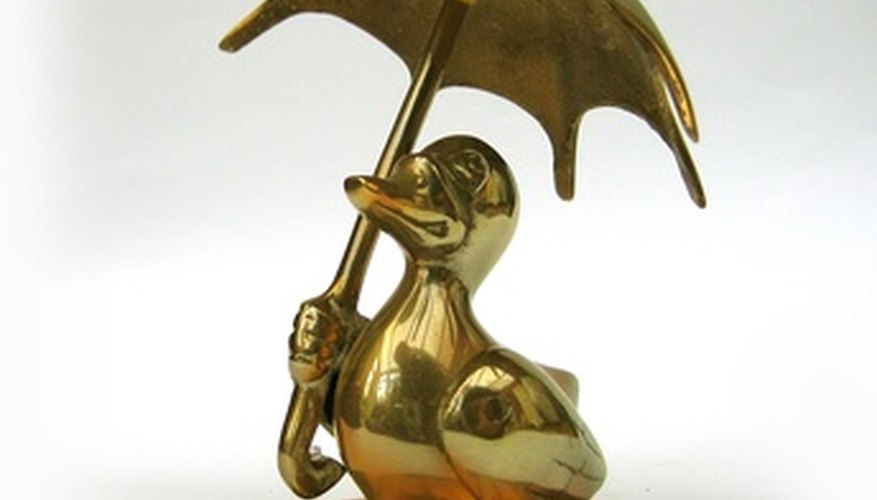Gold and brass look similar, characterised by a golden colour. However, gold is substantially more expensive than brass and is considered a precious metal that is popular as an investment. Telling the difference between gold and brass is often done by the weight because gold is much more dense than brass alloys.
Gold information
Gold is a chemical element and a highly sought precious metal used for coins, jewellery and art. It is found in nature as nuggets or grains in rocks and in natural deposits. It is soft, dense and shiny. It is the most malleable pure metal known and has a bright yellow colour. It has been used as a store of value and for industrial uses and is chemically non-reactive.
- Gold is a chemical element and a highly sought precious metal used for coins, jewellery and art.
- It has been used as a store of value and for industrial uses and is chemically non-reactive.
Brass information
Brass is an alloy of copper and zinc, with the proportions of both metals varied to create a range of brass alloys with various uses. It is contrasted to bronze, which is an alloy of copper and tin. Brass is often used for decoration, as it has a bright gold appearance, and can be found in locks, doorknobs, plumbing and in musical instruments. It is relatively resistant to tarnishing and is often found in coins.
- Brass is an alloy of copper and zinc, with the proportions of both metals varied to create a range of brass alloys with various uses.
- It is contrasted to bronze, which is an alloy of copper and tin.
Density of gold
Gold is extremely dense and is tasteless and odourless. It is resistant to corrosion. A cubic meter of gold weighs 19,300 kilograms, or 19.3 grams per cubic centimetre.
Density of brass
Brass has higher malleability than copper or zinc and a relatively low melting point. The density of brass ranges from 8,400 to 8,730 kilograms per cubic meter, or 8.4 to 8.73 grams per cubic centimetre.
Gold compared to brass
The practical effect of the difference in density is that gold weighs more than brass alloys. By comparison, the density of lead is 11,340 kilograms per meter. The most dense element, osmium, is 22,610 kilograms per meter.
